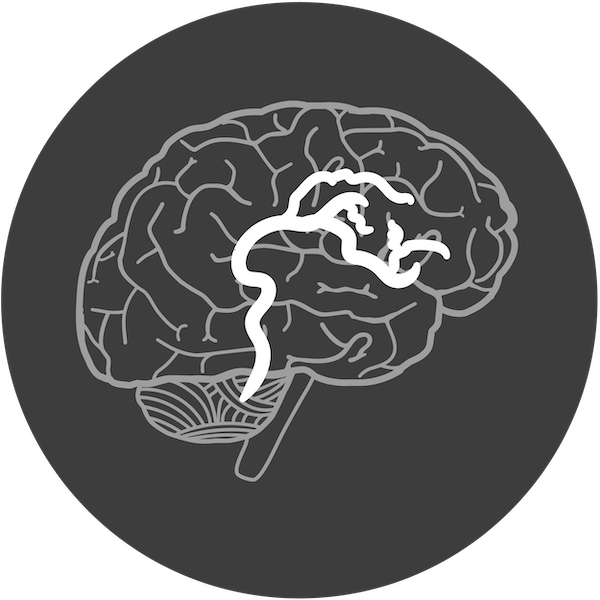
Since its launch 10 years ago, the Taylor Family Institute for Innovative Psychiatric Research has been laser-focused on advancing new treatments for mental illnesses. Bolstered by gifts from Enterprise Holdings Executive Chairman Andrew Taylor, his wife, Barbara, and the Taylor family’s foundation, a universitywide group of researchers has made rapid progress by focusing on neuroactive steroids. The Food and Drug Administration approved two drugs to treat postpartum depression — brexanalone in 2019 and zuranalone in August 2023 — and several other neurosteroids are being evaluated in clinical trials.
“It’s almost unheard of to develop new therapies so quickly,” said Taylor Family Institute Director Charles F. Zorumski, MD, the Samuel B. Guze Professor of Psychiatry. “And we couldn’t have done it without the Taylors. The money they provided has been a godsend.”

Andrew & Barbara Taylor & the Crawford Taylor Foundation
$20 million in 2013 to endow the Taylor Family Institute for Innovative Psychiatric Research
$10 million in subsequent gifts for research and a distinguished professorship
Payout from the institute’s endowment is allocated to more than 10 faculty members each year. They may use the discretionary funds for preliminary data, neuroimaging studies, equipment — whatever drives their work forward. “We want them to take risks, to be able to turn on a dime and pursue a promising concept until they can get external financing,” Zorumski said.
The strategy has yielded impressive results: Affiliated scientists have secured 14 patents and $165.5 million in external grants, including $12.2 million from the National Institute of Mental Health to establish a prestigious Silvio O. Conte Center, which focuses on neurosteroids. This has freed the Taylor Family Institute to expand its basic research portfolio and support investigators working to repurpose other types of therapeutic agents, such as ketamine, nitrous oxide and the psychedelic drug psilocybin.
In a field where treatments have remained largely unchanged for decades, the Taylor Family Institute provides a model for expediting progress. “Waiting two or three years for federal funding can kill great ideas,” Zorumski said. “Because we have the latitude to make investments in real time, we have shortened the timeline for discovery.”
“It’s almost unheard of to develop new therapies so quickly. And we couldn’t have done it without the Taylors.”
— Charles F. Zorumski, MD
Published in the Winter 2023-24 issue






